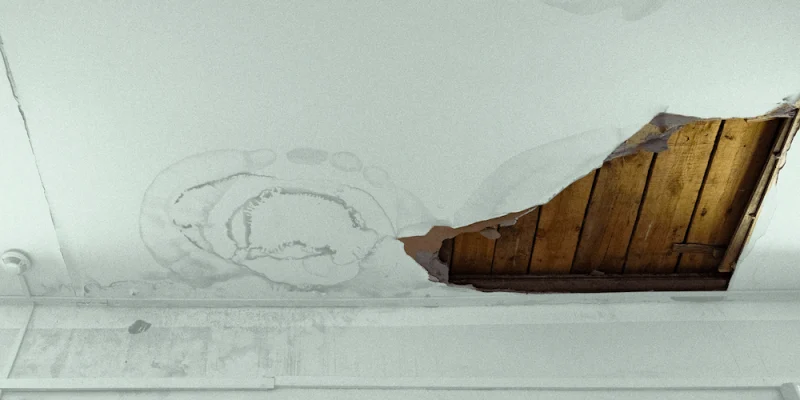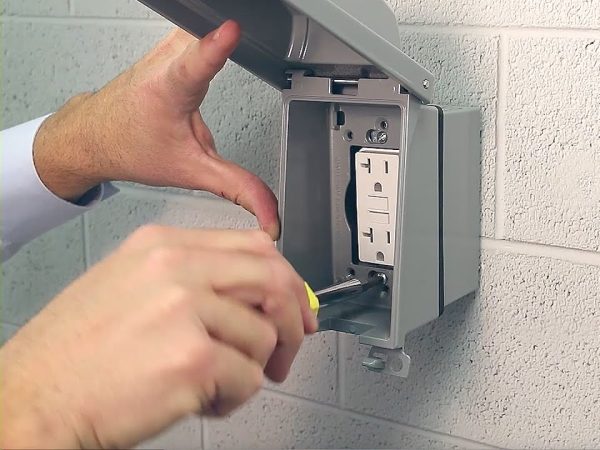What Is a Hidden Defect? Everything You Need to Know as a Buyer or Seller

Whether you’re buying a home, car, or commercial product, there’s one thing every consumer dreads: the hidden defect. These concealed flaws can turn what seems like a dream purchase into a legal and financial nightmare.
This article explains what hidden defects are, how they differ from visible defects, your legal rights when one is discovered, and steps to prevent costly surprises—especially in real estate and product sales.
What Is a Hidden Defect?
A hidden defect (also known as a latent defect) is a flaw or problem in a product, property, or piece of equipment that:
- Exists at the time of sale
- Is not visible or easily discoverable through a normal inspection
- Reduces the value, safety, or intended use of the item
These defects are typically unknown to the buyer at the time of purchase—and sometimes even to the seller.
Examples of Hidden Defects
In Real Estate:
- Mold behind walls or under floors
- Foundation cracks hidden by drywall
- Termite damage in structural beams
- Illegal renovations without permits
- Electrical wiring issues not disclosed
In Products:
- Faulty brakes in a car
- Hairline cracks in smartphones
- Manufacturing flaws in medical devices
- Hidden software vulnerabilities in electronics
Hidden Defect vs. Patent Defect: What’s the Difference?
| Type of Defect | Description |
| Hidden (Latent) Defect | Not visible or discoverable with reasonable inspection |
| Patent Defect | Obvious, visible, or disclosed at the time of purchase |
Key Legal Difference: Buyers generally have legal recourse for hidden defects, but not for patent defects, unless misrepresented.
Legal Implications of Hidden Defects
Buyer’s Rights
Buyers may be entitled to:
- Repair or replacement
- Partial or full refund
- Compensation for damages
Depending on the jurisdiction, the buyer may need to prove:
- The defect existed before the sale
- It was not apparent during inspection
- It was not disclosed by the seller
Seller’s Liability
In many legal systems, a seller can be held liable for:
- Knowingly concealing a defect
- Failing to disclose issues they were aware of
- Violating implied warranty laws (e.g., “warranty of fitness for purpose”)
How to Protect Yourself from Hidden Defects
Conduct a Thorough Inspection
Hire professionals:
- Home inspectors (for real estate)
- Mechanics (for used vehicles)
- Certified product testers (for commercial goods)
Request Full Disclosure
Ask sellers to provide:
- Maintenance records
- Renovation permits
- Defect history
- Manufacturer warranty details
Get It in Writing
Include clauses in your contract that:
- Require seller disclosure of known defects
- Offer protection via warranties or “as-is” terms with limitations
Purchase Insurance or Warranty
Extended warranties or real estate legal insurance can offer added peace of mind in case a defect is discovered after purchase.
Time Limits for Reporting Hidden Defects
Many states and countries have statutes of limitations for reporting hidden defects. These vary but commonly range from 1 to 5 years depending on the type of product or property and the local laws.
Example: In many U.S. states, buyers have up to 4 years after discovering a latent defect in a property to take legal action.
What to Do If You Discover a Hidden Defect
- Stop using the item or halt renovations (for safety)
- Document the defect: Take photos, notes, expert opinions
- Notify the seller in writing immediately
- Check your warranty and legal rights
- Consult a lawyer, especially for high-value items or real estate
Hidden Defects in Real Estate: Special Considerations
Real estate is the most common area where hidden defects cause legal disputes. Here are some tips for real estate buyers and sellers:
For Buyers:
- Never skip a professional home inspection.
- Ask about flood zones, insurance claims, and repairs.
- Use contingency clauses for mold, pests, and asbestos.
For Sellers:
- Disclose known issues honestly.
- Keep records of all repairs and inspections.
- Consider a pre-listing inspection to identify potential issues before selling.
Conclusion
A hidden defect can lead to serious safety, financial, and legal problems if not handled correctly. Whether you’re buying a home, leasing a car, or purchasing tech equipment, understanding your rights and responsibilities is essential.
Do your due diligence, document everything, and don’t hesitate to seek legal help when needed. Informed buyers and honest sellers are the best protection against the surprises hidden behind the surface.
FAQs
1. What qualifies as a hidden defect in real estate?
A hidden defect in real estate is a non-obvious issue—like mold, foundation cracks, or plumbing leaks—that existed before the sale and significantly affects the property’s use or value.
2. Can a seller be sued for a hidden defect?
Yes. If the seller knew about the defect and failed to disclose it, they can be held legally responsible in many jurisdictions.
3. What should I do if I find a hidden defect after purchase?
Stop using the item (if unsafe), document the issue, notify the seller in writing, and consult a lawyer to explore legal remedies.
4. Is a home inspection enough to catch hidden defects?
While inspections help uncover many issues, some defects (like those inside walls or underground) may still go unnoticed. That’s why seller disclosure and insurance are also important.
5. Do “as-is” sales protect the seller from hidden defect claims?
Not always. Even in “as-is” sales, a seller can be liable if they knew of serious defects and intentionally failed to disclose them.
Also read: DGA Union: What It Is, How It Works, and Why It Matters in Film and TV











